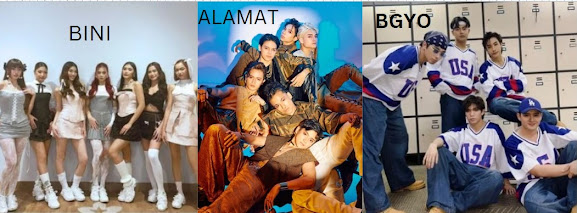The Philippines, with its bustling cities and growing population, faces significant transportation challenges. Congestion, pollution, and inefficiency plague the current transport systems. However, a beacon of hope shines in the form of the RAILBUS system, a hybrid between traditional rail services and the flexibility of buses. This innovative solution promises to revolutionize the way Filipinos travel, offering a sustainable, reliable, and efficient mode of transportation.
Understanding the RAILBUS Concept
RAILBUS is a unique transportation model that combines the capacity and speed of rail transit with the on-demand nature of bus services. It operates on standard gauge rail tracks, allowing for smooth integration with existing rail infrastructure while providing the convenience of buses, which can easily navigate through urban streets when necessary.
The Advantages of RAILBUS
• Efficiency: RAILBUS units can transport a large number of passengers at a time, significantly reducing traffic congestion.
• Cost-Effectiveness: Utilizing existing rail infrastructure lowers the cost of system expansion and maintenance.
• Flexibility: The ability to transition from rail to road and vice versa allows RAILBUS to serve areas without rail infrastructure.
• Eco-Friendliness: RAILBUS systems are often electric or hybrid, contributing to lower emissions and a cleaner environment.
In the Philippines, the RAILBUS could address many of the current transportation issues. The country's railway footprint is expanding, with plans to extend the network up to 1,900 kilometers by 2022. The RAILBUS could seamlessly integrate into this growing network, enhancing connectivity between Metro Manila and the provinces of Laguna and Quezon, as well as offering commuter services in the Bicol Region.
The Potential Impact
• Urban Mobility: In Metro Manila, where traffic congestion is a daily struggle, RAILBUS could provide a much-needed alternative to road-based transport.
• Regional Connectivity: For provinces currently relying on less efficient modes of transport, RAILBUS could offer faster and more reliable services.
• Tourism Boost: With the ease of travel, tourist destinations could see an increase in visitors, benefiting the local economy.
The Road Ahead
The implementation of RAILBUS in the Philippines is not without its challenges. Investment in infrastructure, technology, and public awareness is crucial. However, the potential benefits are immense. By embracing RAILBUS, the Philippines could set a precedent for modern, sustainable transportation in Southeast Asia.
In conclusion, the RAILBUS system stands as a testament to innovation in public transport. It offers a practical solution to the Philippines' transportation woes and paves the way for a future where mobility is no longer a hurdle but a facilitator of growth and development. As the country moves forward, the RAILBUS could very well become the cornerstone of an efficient, eco-friendly, and effective transportation network.
Are you excited about the possibilities of RAILBUS in the Philippines? Are you dreaming of a future transportation ease in the country? Share your thoughts and let's discuss the future of transportation in the comments below!








